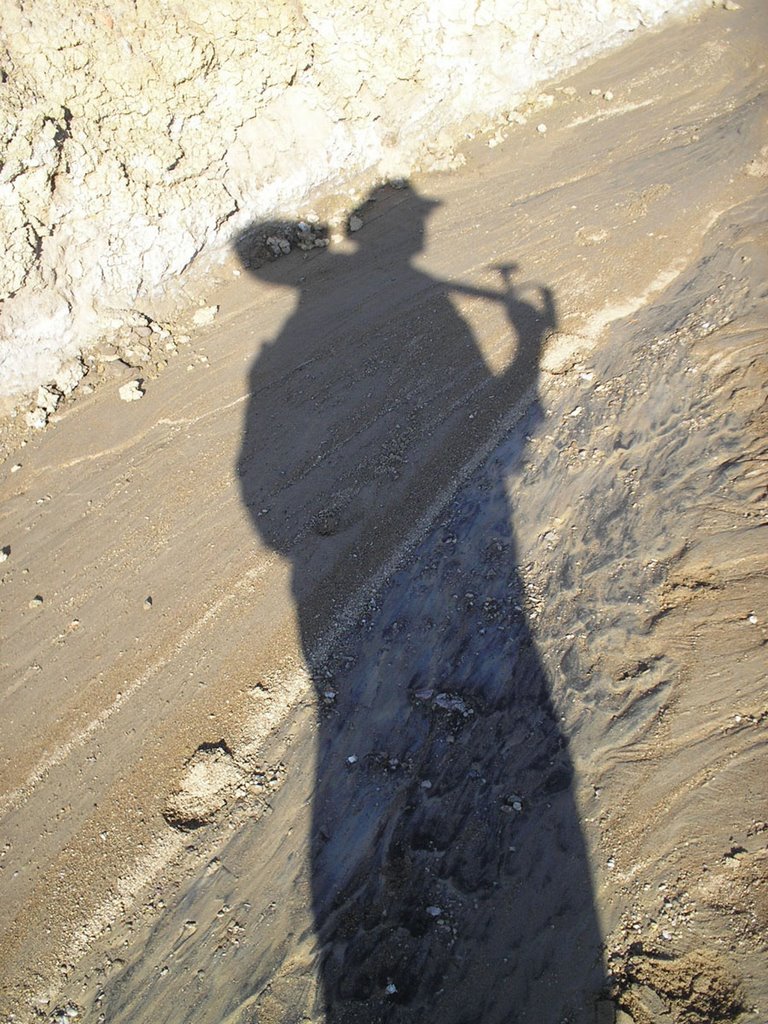A big night in a big year
Everyone who is even remotely interested in the living world knows that 2009 is the bicentennial of Darwin's birth (1809) and the sesquicentennial of the first publication of On the Origin of Species (1859). And this year is the 400th anniversary of Galileo first turning a telescope to the heavens and the publication of Kepler's Astronomia Nova (1609), in honor of which the UN and the International Astronomical Union have declared 2009 the International Year of Astronomy.
There are a couple of other astro-themed anniversaries this year, too. This July 20th will be the 40th anniversary of the first moon landing (1969). Bringing things right up to the 21st century, January 4th and 25th were the 5th anniversaries of the landings of the rovers Spirit and Opportunity, respectively, on Mars (2004). That's right, folks--it seems Mars missions either fail spectacularly or succeed beyond anyone's wildest dreams. The primary missions of the twin Mars Exploration Rovers were only 90 days apiece, and here they are still going strong 1854 and 1833 days later (as of this morning), more than 20 times longer. Bring that up the next time some tool complains about NASA's budget.

Last night I celebrated two of Galileo's discoveries: craters and "seas" on the moon, which showed that celestial bodies were not perfect and unchanging spheres, and the phases of Venus, which confirmed the hypothesis that the planets orbit the sun rather than the Earth. Andy Farke (a.k.a. the Open Source Paleontologist, who published a paper on Triceratops combat just this week in--naturally--an open access journal) brought some of his excellent home-brewed beer to the traditional Wedel Friday Night Fish-Stick Picnic, and we spent a little time cruising the sky. We got lucky, too--the atmosphere, which is usually a roiling swamp of turbulence and smog, was as still and clear as I've ever seen it down here. Lately Venus has been so smeared out by bad seeing that it looks like a hyperactive star, but last night we could see it for the planet that it is, and in a crescent phase not to different from that of the moon.

Next month will be even better. As Venus continues on around the sun toward inferior conjunction, it will appear larger and even more crescentic. On the evening of February 27, just after sunset, the crescent Venus will be right next to the much larger crescent moon above the western horizon (as shown above in a screencap from the free planetarium program Stellarium). Get out and take a look. It will be even better in binoculars or a telescope, so start thinking about how you're going to make that happen. I promise it will be worth it.
There are a couple of other astro-themed anniversaries this year, too. This July 20th will be the 40th anniversary of the first moon landing (1969). Bringing things right up to the 21st century, January 4th and 25th were the 5th anniversaries of the landings of the rovers Spirit and Opportunity, respectively, on Mars (2004). That's right, folks--it seems Mars missions either fail spectacularly or succeed beyond anyone's wildest dreams. The primary missions of the twin Mars Exploration Rovers were only 90 days apiece, and here they are still going strong 1854 and 1833 days later (as of this morning), more than 20 times longer. Bring that up the next time some tool complains about NASA's budget.

Last night I celebrated two of Galileo's discoveries: craters and "seas" on the moon, which showed that celestial bodies were not perfect and unchanging spheres, and the phases of Venus, which confirmed the hypothesis that the planets orbit the sun rather than the Earth. Andy Farke (a.k.a. the Open Source Paleontologist, who published a paper on Triceratops combat just this week in--naturally--an open access journal) brought some of his excellent home-brewed beer to the traditional Wedel Friday Night Fish-Stick Picnic, and we spent a little time cruising the sky. We got lucky, too--the atmosphere, which is usually a roiling swamp of turbulence and smog, was as still and clear as I've ever seen it down here. Lately Venus has been so smeared out by bad seeing that it looks like a hyperactive star, but last night we could see it for the planet that it is, and in a crescent phase not to different from that of the moon.

Next month will be even better. As Venus continues on around the sun toward inferior conjunction, it will appear larger and even more crescentic. On the evening of February 27, just after sunset, the crescent Venus will be right next to the much larger crescent moon above the western horizon (as shown above in a screencap from the free planetarium program Stellarium). Get out and take a look. It will be even better in binoculars or a telescope, so start thinking about how you're going to make that happen. I promise it will be worth it.
Labels: Amateur Astronomy, I took this, Previews




